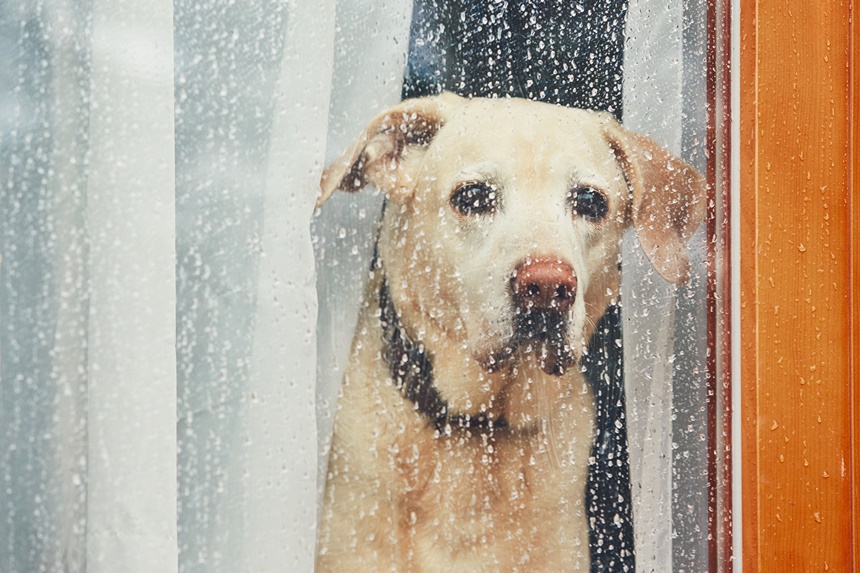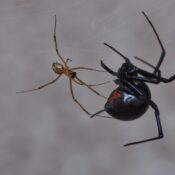Excessive tinder is a major contributor to forest fires, but a shortage of Tinder might lead to an early death. For social animals like canines, deer, dolphins, elephants, primates such as bonobos and humans, and even bees and ants, contact with others is as essential to well-being as are food and water. A 2015 Brigham Young University study found that loneliness may be a greater human-health risk than smoking and obesity combined.
In a December 2017 New York Times article, Dr. Dhruv Khullar of the Weill Medical College of Cornell University in New York City tells author Jane Brody there is good evidence loneliness and social isolation cause “…disrupted sleep, abnormal immune responses, and accelerated cognitive decline.” Dr. Khullar calls the untimely physical and mental deterioration due to loneliness “…a growing epidemic.”
But one can be surrounded by people and still feel isolated if they are not able to create emotionally fulfilling relationships. According to an article from Cedars-Sinai, dependence on technology may contribute to loneliness among younger people.
While recent research has strengthened the notion that isolation causes ill health, the idea is not new. People have long noted the correlation between loneliness and illness and early death. Author Sadie F. Dingfelder, writing in the American Psychiatric Association Journal in November 2006, bluntly says “Loneliness kills, according to research dating back to the 1970s.”
Dingfelder goes on to cite animal studies that show a weakened immune response in both female and male rats that were kept isolated from their peers. An interesting side note is that the same research found female rats were more resilient than males when faced with an acute stress event, something also seen in humans.
Long-term isolation is especially harmful. Amnesty International stated in 2013 that “…the practice of holding prisoners in prolonged solitary confinement…is in violation of international law.” Figures on length of isolation are not well known, but in one Colorado prison, the average was found to be 8.2 years in solitary.
Of the estimated 90,000 US prisoners now in solitary confinement, Amnesty spokesperson Erika Guevara-Rosas says “You cannot overestimate the devastating impact long periods of solitary confinement can have on the mental and physical well-being of a prisoner.”
Obviously, we are not the only social animal that suffers when separated from others. The renowned animal researcher Dr. Temple Grandin contends that “All domestic animals need companionship. It is as much a core requirement as food and water.” It is believed that for many species, evolution selected for social behaviors like grouping, altruism, fairness, and reciprocity. “Survival of the fittest” means living long enough to reproduce, not physical strength. I mean, look who survived Hunger Games.
Risking your hide to defend the group will benefit you as well because it means while you are protecting others, they are fighting to protect you. Sharing food within a kinship group increases the chances they’ll return the favor when it is you who strikes out at the fishing hole or hunting ground.
As an example of the need for socialization, when dogs do not get adequate social bonding and companionship, they become distressed. Signs of isolation stress in dogs include being destructive, refusing to eat, and prolonged vocalizing, pacing, chewing or licking.
Cattle need company as well. A 1997 study published in the journal Physiology & Behavior demonstrated that when isolated, a cow responds with increased heart rate and blood cortisol levels, and begins to struggle and vocalize. But in the presence of other cattle, a previously isolated cow calms, with behavior and blood markers for stress returning to normal.
Even ants need friends. In the journal Behavioral Ecology & Sociobiology, researchers Akiko Koto, Danielle Mersch, Brian Hollis, and Laurent Keller concluded that “Social isolation causes mortality by disrupting energy homeostasis in ants.” In plain language, lonely ants die young.
In fact, ants allowed to socialize lived more than ten times longer than isolated ants, although researchers do not know exactly why. Isolated ants tend to pace around more, and do not digest food well. One hypothesis is that social interactions release chemicals related to ants’ digestion.
And if you think ants are too small to get lonely, studies suggest that even cells prefer being with their friends. Isolated ones petered out sooner than cells grouped together. I have no idea how to befriend random cells, but owners of pets might consider the meaning of the word “pet,” and lovingly pet or otherwise pay attention to their dogs, cats, fish, squid, or other domestic animals more often.
The larger point is that we need to reach out more, both for our own health and the well-being of our family, friends, and neighbors. There is no substitute for face-to-face visits, but contact through social media in between visits is great too. Even “Tinder” might help prevent isolation.
If your ant comes up, though, swipe left.
Become a Saturday Evening Post member and enjoy unlimited access. Subscribe now



